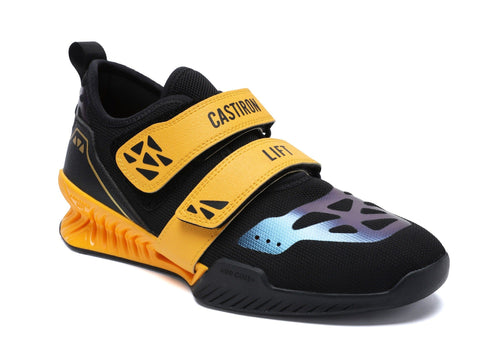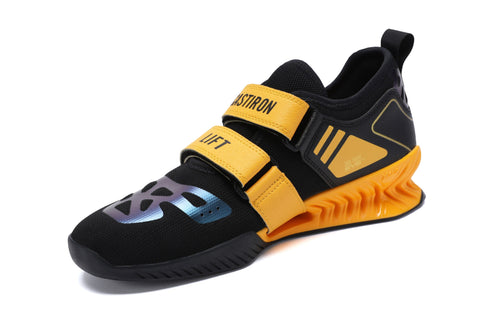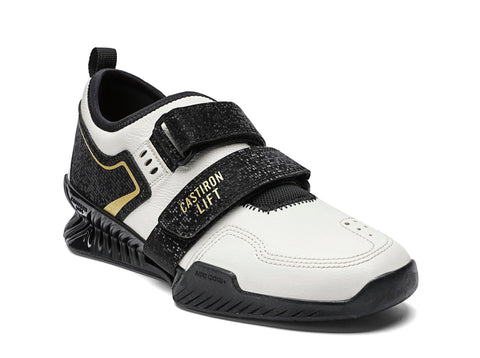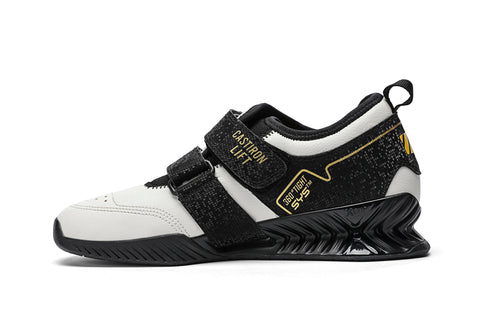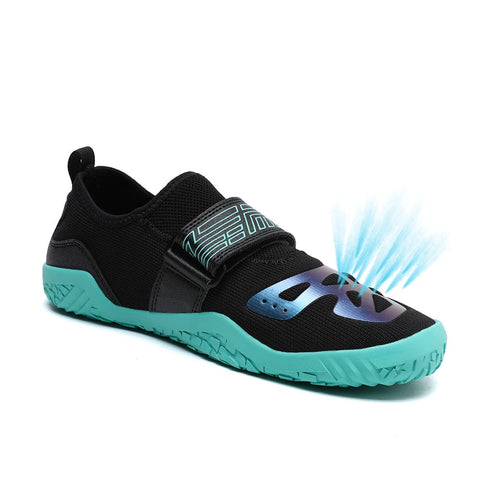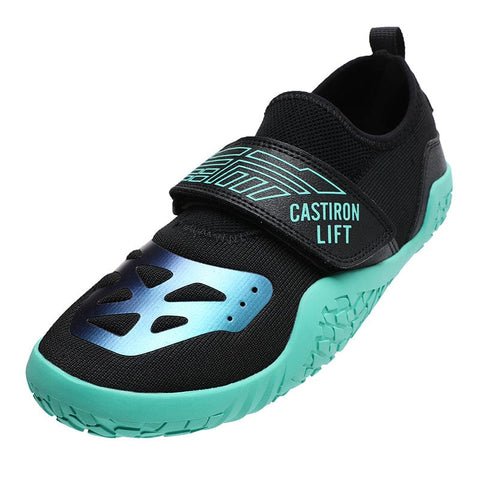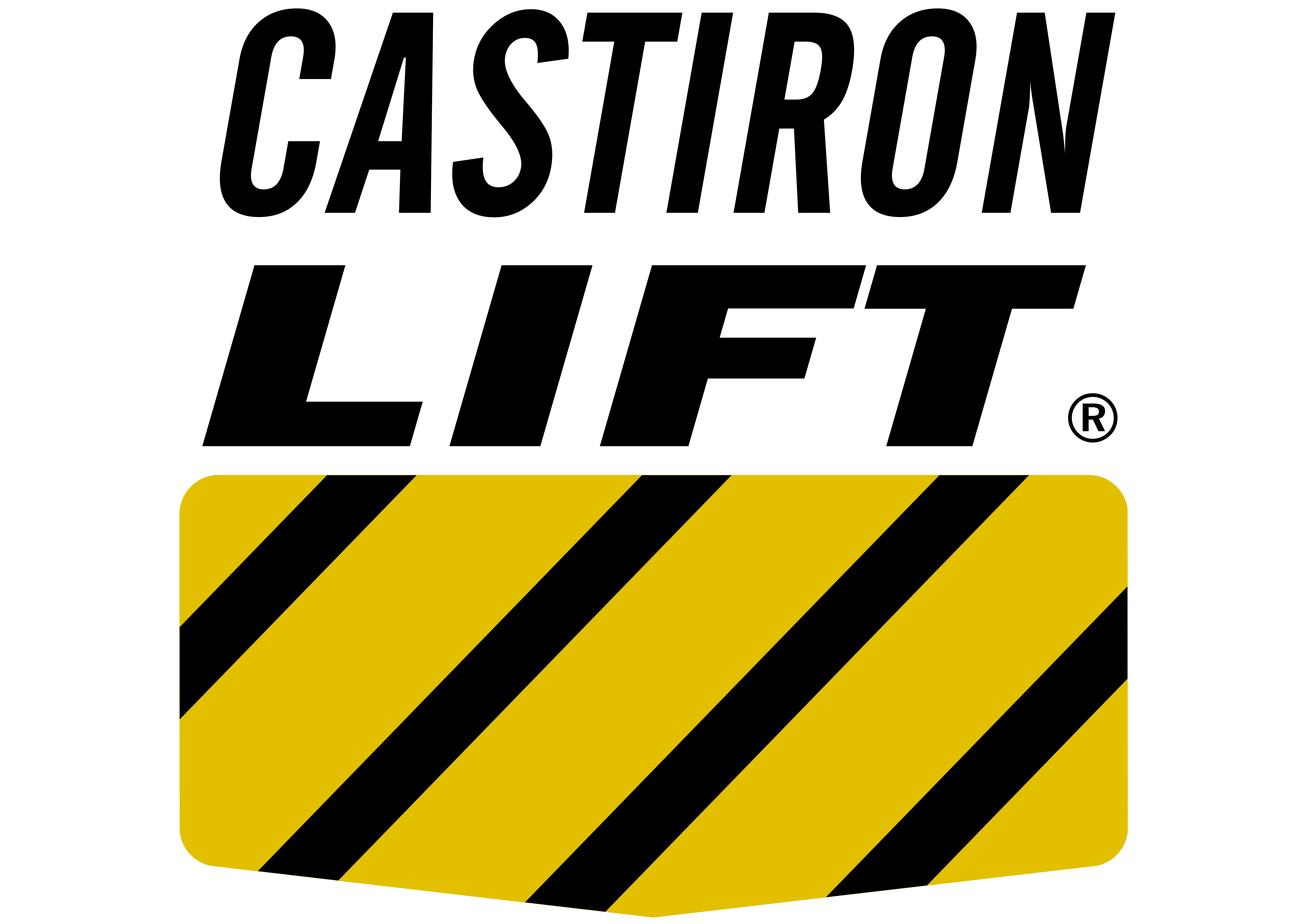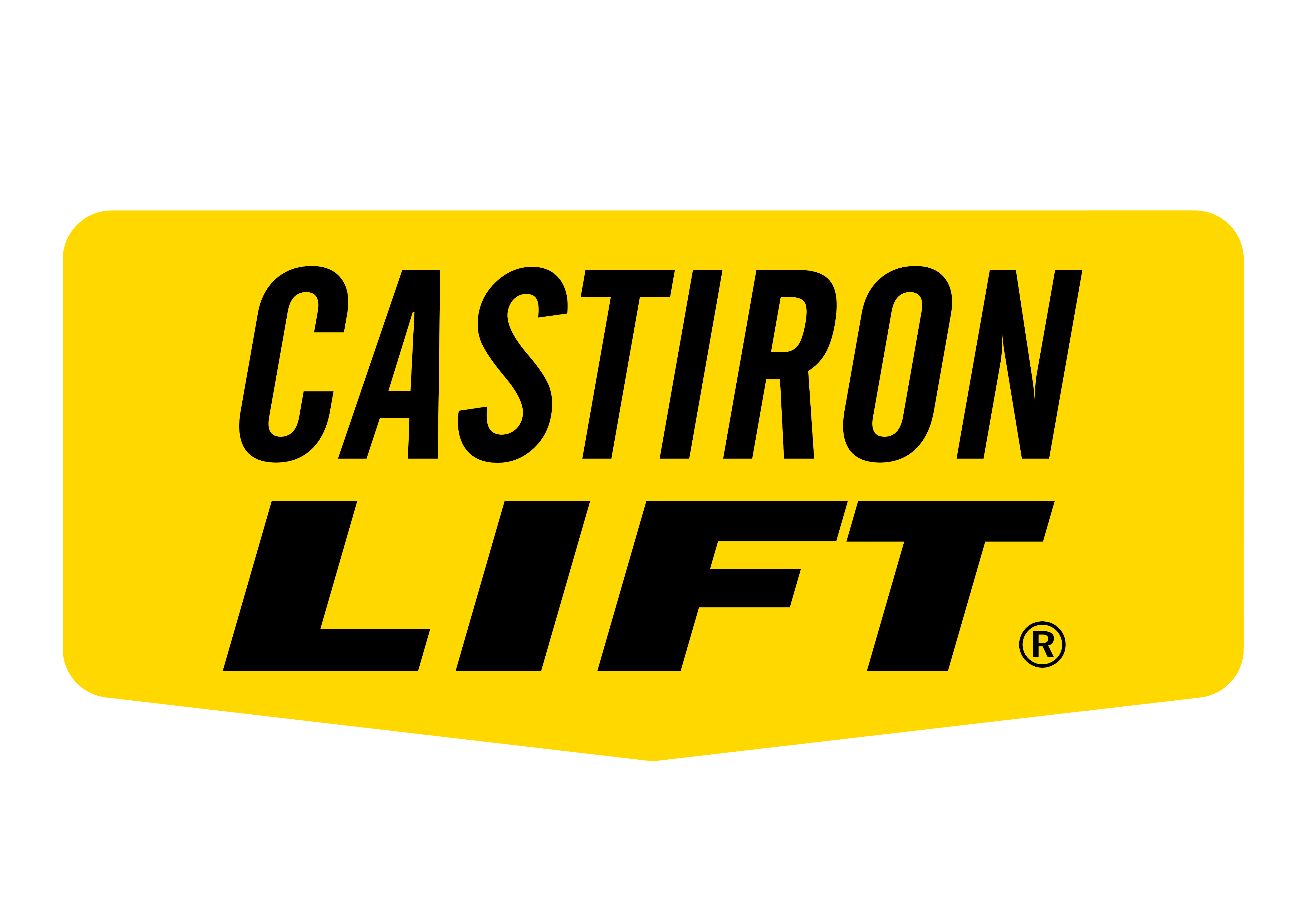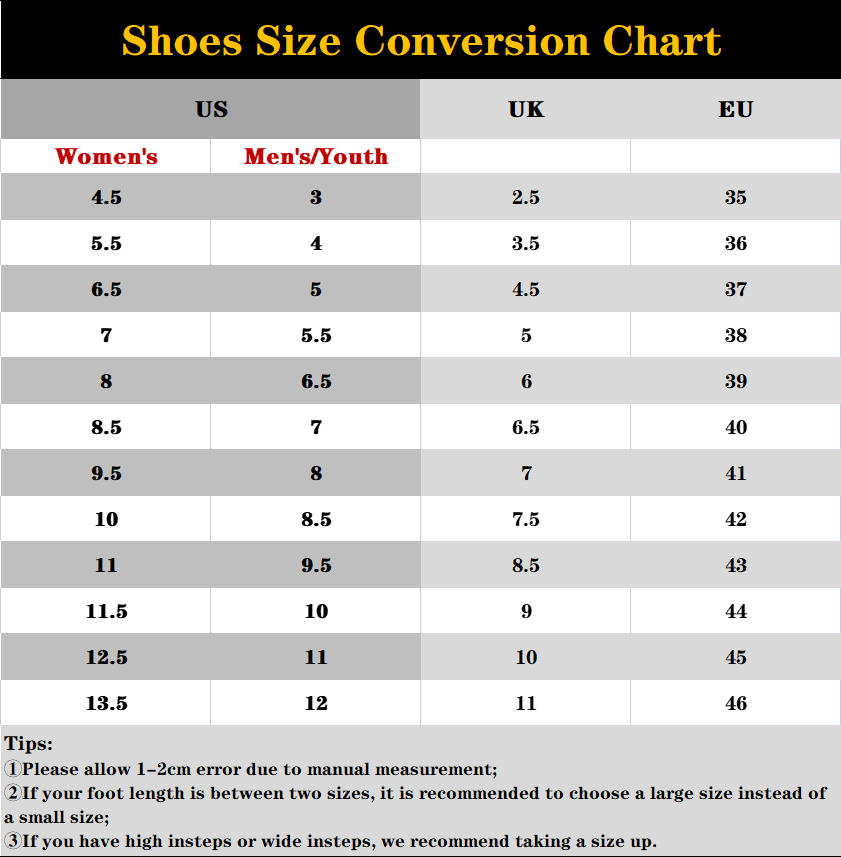Maximizing Performance and Safety: The Role of Squat Shoes in Enhancing Your Squat and Deadlift
As a serious lifter, you understand the significance of proper form and technique when it comes to maximizing your performance and ensuring your safety. One often overlooked aspect of weightlifting is the importance of wearing the right footwear. The shoes you choose can have a significant impact on your squat and deadlift, and investing in a pair of squat shoes can be a game-changer.
What are squat shoes and how do they enhance performance?
Squat shoes, also known as weightlifting shoes, are specifically designed for the demands of weightlifting exercises like squats and deadlifts. Unlike regular athletic shoes, squat shoes have a raised heel and a solid, non-compressible sole. This design provides several benefits that can enhance your performance.
Firstly, the raised heel of squat shoes allows for improved ankle mobility. This is particularly beneficial for individuals with limited ankle flexibility, as it helps achieve a deeper squat position. By maintaining an upright torso and allowing for a greater range of motion, squat shoes can help you achieve a more efficient and powerful squat.
Secondly, the solid sole of squat shoes provides a stable base of support. The lack of compressibility ensures that the force generated during the lift is efficiently transferred to the ground, allowing for better force production and control. This stability is crucial for maintaining proper form and preventing injuries during heavy lifts.
Key features to look for in squat shoes
When choosing squat shoes, there are several key features to consider. Firstly, look for a shoe with a raised heel height that suits your individual needs. The ideal heel height depends on your ankle flexibility and squatting technique, so it's important to find a shoe that allows you to achieve the desired depth without compromising form.
Next, consider the material and construction of the shoe. Look for a shoe with a durable and supportive upper that can withstand the demands of weightlifting. A secure and adjustable closure system, such as straps or laces, is also important for ensuring a snug and comfortable fit.
Lastly, pay attention to the sole of the shoe. Opt for a shoe with a solid and non-compressible sole that provides excellent traction and grip. This will help you maintain stability and control throughout your lifts.
The benefits of wearing squat shoes for squats and deadlifts
Wearing squat shoes can provide numerous benefits for both squats and deadlifts. For squats, the raised heel of squat shoes allows for improved ankle mobility, helping you achieve a deeper squat position and maintain proper form. This can lead to increased quadriceps and glute activation, resulting in stronger and more efficient squats.
In deadlifts, squat shoes offer stability and a solid base of support. The non-compressible sole ensures that the force generated during the lift is efficiently transferred to the ground, allowing for better force production and control. This can help you maintain proper form and prevent injuries, especially during heavy lifts.
Overall, wearing squat shoes can enhance your performance by optimizing your biomechanics, improving your range of motion, and providing stability and support. Whether you're a competitive powerlifter or a recreational lifter, investing in a pair of squat shoes can take your squat and deadlift to the next level.
Squat shoe recommendations for different budgets
Finding the perfect pair of squat shoes doesn't have to break the bank. There are options available for every budget. Here are some recommendations for squat shoes in different price ranges:
-
Budget-friendly option:
- Brand: Adidas Powerlift
- Price range: $50-$100
- Features: Lightweight, durable, and stable with a raised heel and secure closure system.
-
Mid-range option:
- Brand: Castiron Lift - TurboLifter
- Price range: $100-$200
- Features: High-quality construction, excellent stability, and a customizable fit with multiple strap options.
-
High-end option:
- Brand: Nike Romaleos
- Price range: $200 and above
- Features: Top-of-the-line weightlifting shoes with advanced technology, optimal stability, and maximum support.

Remember, the most important factor when choosing squat shoes is finding a pair that fits your individual needs and feels comfortable during your lifts. Consider trying on different brands and styles to find the perfect fit for you.
Tips for choosing the best squat shoes for your needs
Choosing the best squat shoes for your needs can be a daunting task with so many options available. Here are some tips to help you make an informed decision:
-
Consider your lifting goals and style: Different shoes may be better suited for powerlifting, weightlifting, or general strength training. Determine which style of lifting you primarily engage in and choose a shoe that aligns with your goals.
-
Assess your ankle flexibility: If you have limited ankle mobility, opt for squat shoes with a higher heel height to compensate for the lack of flexibility. Conversely, if you have good ankle mobility, choose a shoe with a lower heel height for a more natural feel.
-
Try before you buy: Whenever possible, try on squat shoes before purchasing them. This will allow you to assess the fit, comfort, and overall feel of the shoe. Walk around, perform a few squats, and ensure that they meet your expectations.
-
Read reviews and seek recommendations: Research different brands and models of squat shoes, read customer reviews, and seek recommendations from experienced lifters. This can provide valuable insights and help you narrow down your options.
By considering these tips, you can confidently choose the best squat shoes for your needs and take your squat and deadlift to new heights.
Common misconceptions about squat shoes debunked
There are several misconceptions surrounding squat shoes that need to be debunked. Let's address some of the most common ones:
-
Squat shoes are only for advanced lifters: Squat shoes can benefit lifters of all levels, from beginners to advanced. They provide stability, support, and improved biomechanics, which are essential for safe and effective lifting.
-
Squat shoes are only for squats: While squat shoes are designed with squats in mind, they can also enhance other exercises like deadlifts, overhead presses, and lunges. The raised heel and stable sole can improve your performance and safety across various lifts.
-
Squat shoes will instantly improve your squat: While squat shoes can certainly enhance your squat, they are not a magic solution. Proper technique, training, and consistency are still crucial for progress. Squat shoes should be seen as a valuable tool to support your lifting journey, but they are not a substitute for hard work.
-
Any athletic shoe can be used for weightlifting: Regular athletic shoes are not designed with the specific needs of weightlifters in mind. They lack the raised heel, stability, and non-compressible sole that squat shoes offer. Using improper footwear can compromise your form and increase the risk of injury.
By understanding and dispelling these misconceptions, you can make an informed decision about incorporating squat shoes into your lifting routine.
How to properly care for and maintain your squat shoes
To ensure the longevity and optimal performance of your squat shoes, it's important to take proper care of them. Here are some tips for maintaining your squat shoes:
-
Clean them regularly: Wipe down your shoes with a damp cloth after each workout to remove dirt and sweat. If necessary, use a mild detergent and water to clean stubborn stains. Avoid submerging your shoes in water or using harsh chemicals.
-
Air dry them: After cleaning, allow your squat shoes to air dry naturally. Avoid placing them near direct heat sources, as excessive heat can damage the materials.
-
Store them properly: When not in use, store your squat shoes in a cool, dry place away from direct sunlight. Avoid squishing or folding them, as this can deform the shape and compromise their integrity.
-
Replace worn-out parts: Over time, the heel and sole of your squat shoes may wear down. If you notice significant signs of wear, such as a flattened heel or worn-out traction, consider replacing the shoes or getting them repaired by a professional.
By following these care and maintenance tips, you can prolong the lifespan of your squat shoes and ensure they continue to provide optimal performance and support.
Additional accessories to consider for optimal performance and safety
While squat shoes are a crucial accessory for weightlifting, there are other accessories that can further enhance your performance and safety. Here are a few worth considering:
-
Knee sleeves: Knee sleeves provide compression and support to the knee joint, helping to reduce the risk of injury and improve stability during squats and other leg exercises.
-
Wrist wraps: Wrist wraps provide additional support and stability to the wrists, especially during heavy lifts like overhead presses and bench presses. They can help prevent wrist pain and injuries.
-
Weightlifting belt: A weightlifting belt can provide extra support and stability to your core during heavy lifts. It helps maintain proper form and can reduce the risk of back injuries.
-
Lifting straps: Lifting straps can be useful for individuals with grip strength limitations. They allow you to lift heavier weights by providing a secure grip on the barbell or dumbbells.
Remember, while these accessories can be beneficial, they are not necessary for everyone. Assess your individual needs and consult with a qualified coach or trainer to determine if and when to incorporate these accessories into your training routine.
Conclusion: Why investing in squat shoes is worth it for serious lifters
In conclusion, investing in a pair of squat shoes is a worthwhile decision for serious lifters. The unique design and features of squat shoes enhance performance and safety during squats and deadlifts. From improved ankle mobility and stability to optimized biomechanics and force production, squat shoes can take your lifting to the next level.
When choosing squat shoes, consider your individual needs, budget, and lifting goals. Try on different brands and styles, and pay attention to the key features such as heel height, construction, and sole quality. Remember, squat shoes are not a substitute for proper technique and training, but they can provide valuable support and assistance on your lifting journey.
So, don't overlook the importance of proper footwear for weightlifting. Invest in a quality pair of squat shoes, take care of them, and consider other accessories that can further enhance your performance and safety. Your body will thank you for it, and you'll be on your way to maximizing your performance and achieving your lifting goals. Happy lifting!
CTA: Ready to take your squat and deadlift to the next level? Invest in a pair of high-quality squat shoes and experience the difference for yourself. Browse our selection of top-rated squat shoes and start maximizing your performance and safety today!
